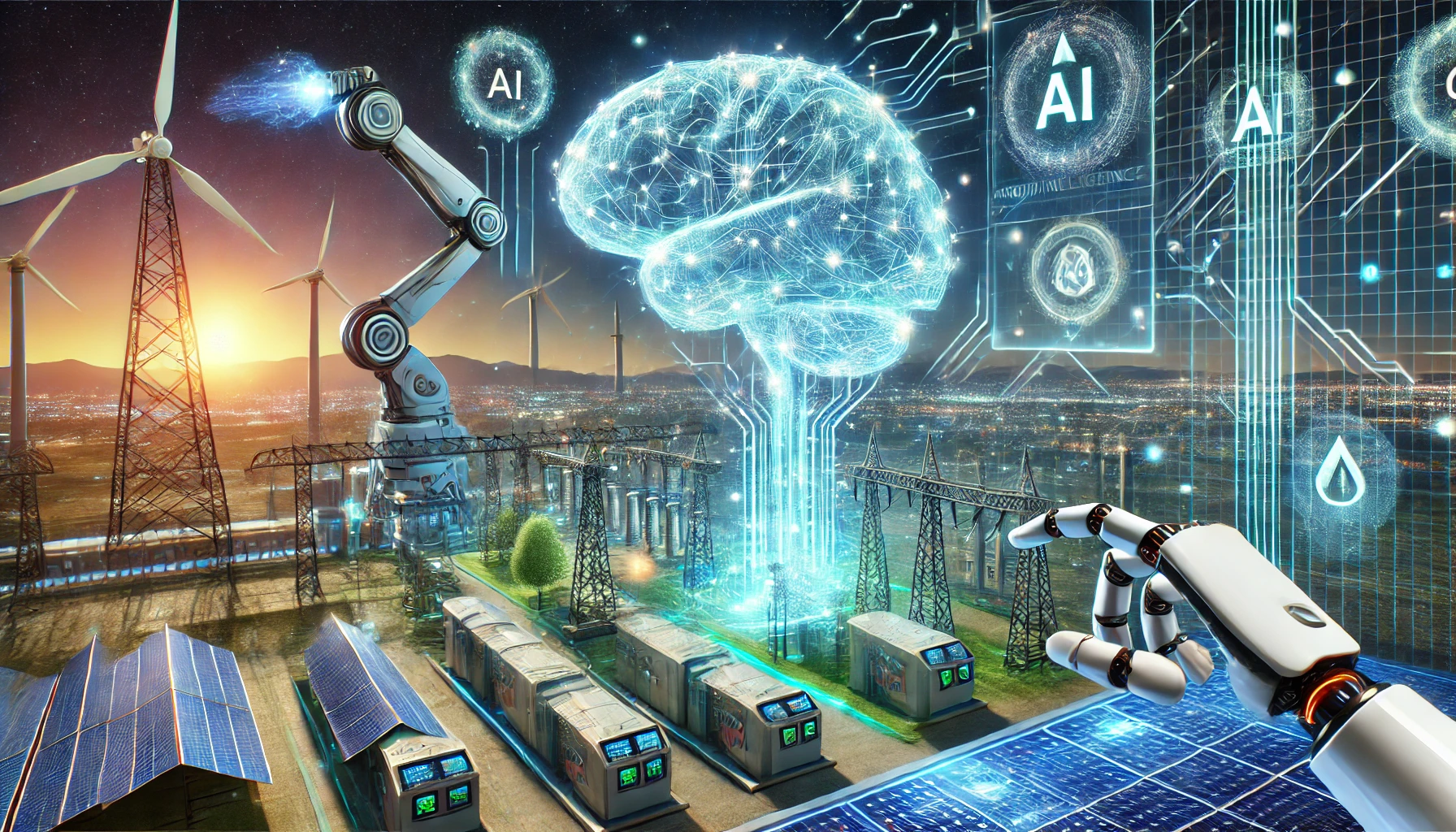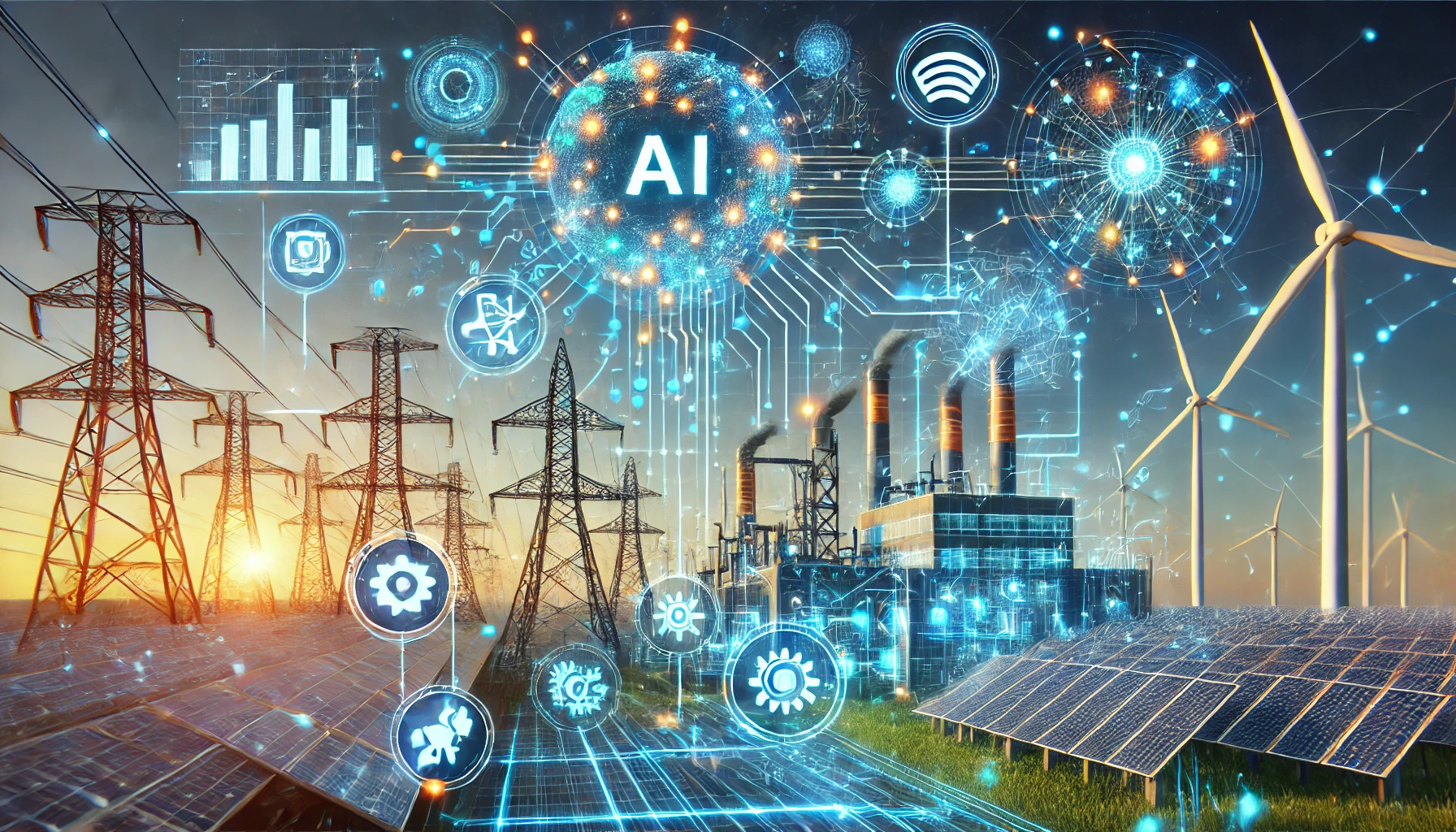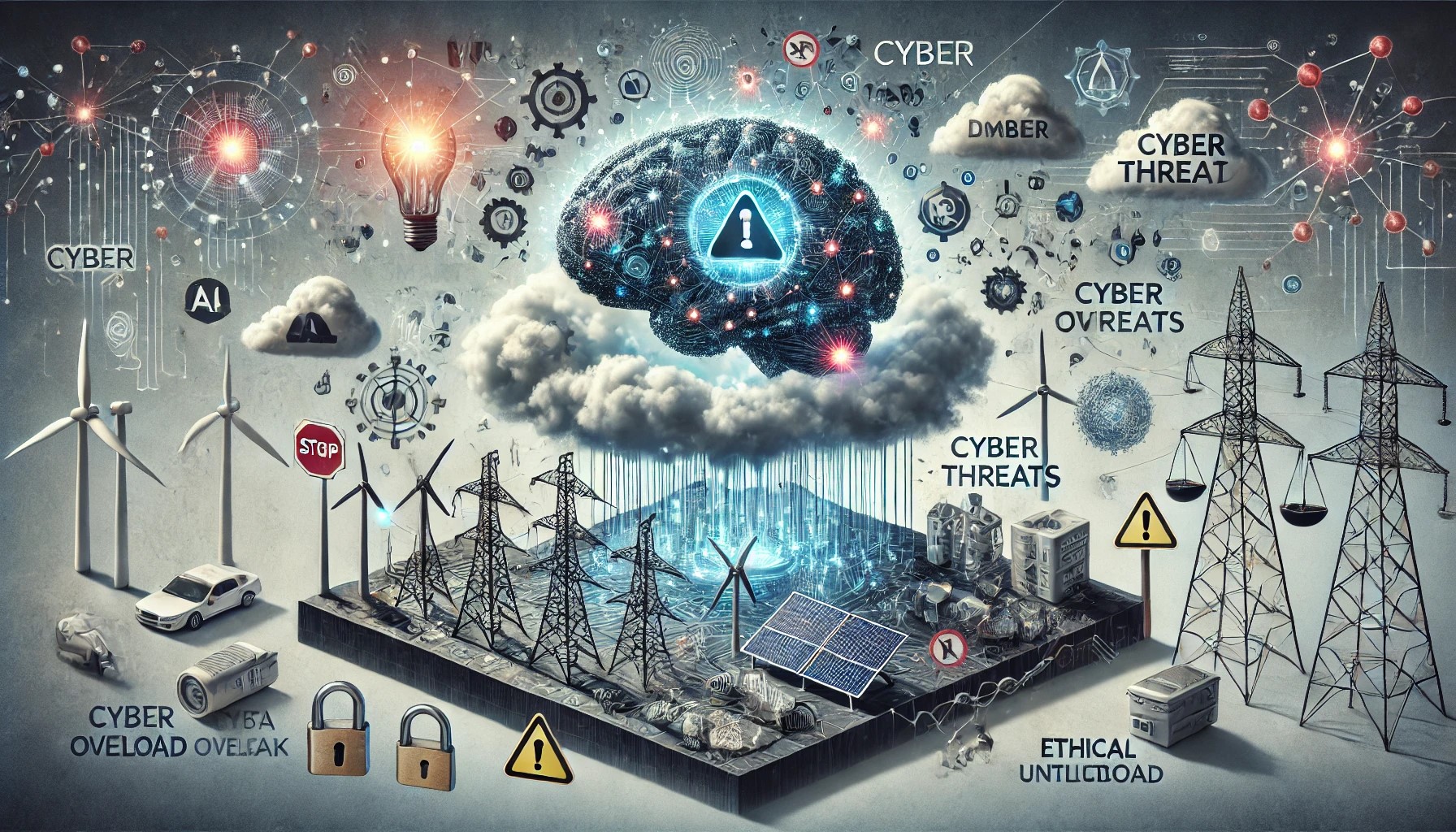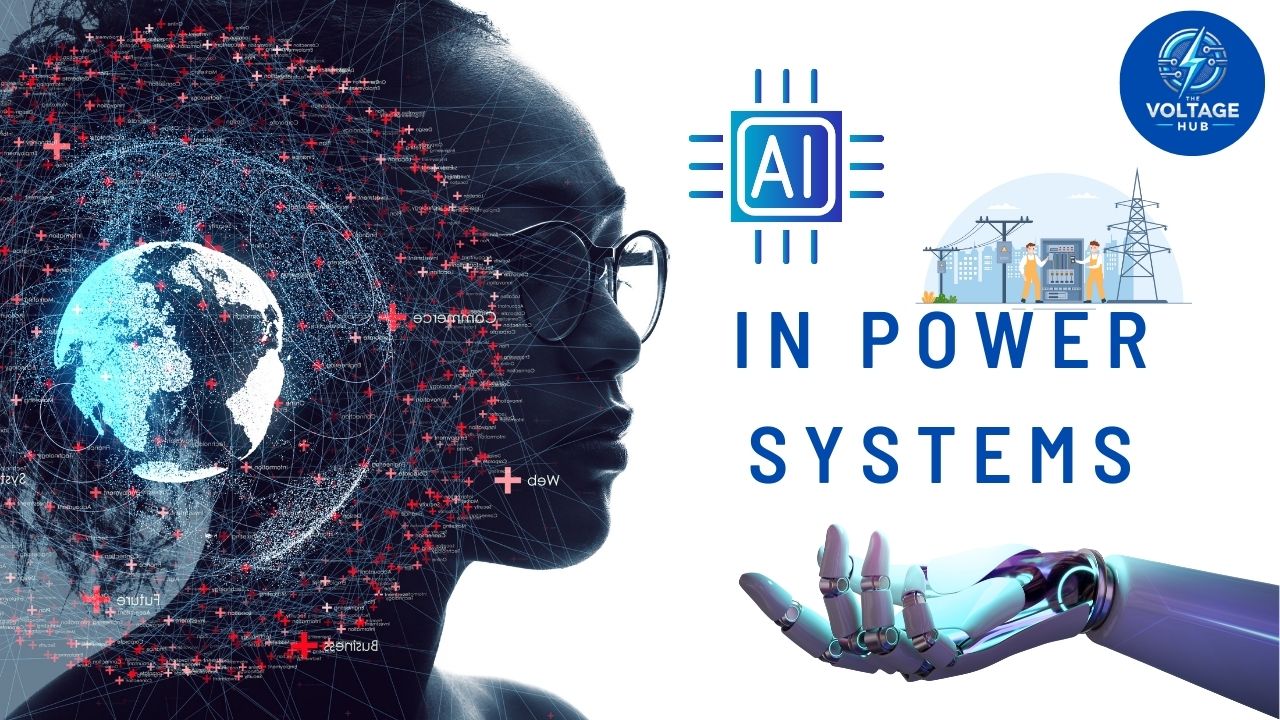Table Of Content
- 1 Understanding Artificial Intelligence in Power Systems
- 2 Key Components of Artificial Intelligence in Power System
- 3 Applications of Artificial Intelligence in Power Systems
- 4 Benefits of AI in Power Systems
- 5 Challenges in Implementing AI in Power Systems
- 6 Future of AI in Power Systems
- 7 Conclusion
- 8 FAQs
Artificial Intelligence (AI) is revolutionizing industries across the globe, and the energy sector is no exception. In the realm of power systems, AI is emerging as a transformative technology, enabling smarter, more efficient, and sustainable energy solutions. But what exactly is Artificial Intelligence in power systems, and how does it contribute to modern energy infrastructure? This article explores the concept, applications, benefits, and future potential of AI in power systems.
Understanding Artificial Intelligence in Power Systems
Artificial Intelligence refers to the simulation of human intelligence in machines that are programmed to think, learn, and make decisions. In power systems, AI involves leveraging technologies like machine learning, deep learning, and data analytics to optimize various aspects of energy generation, transmission, distribution, and consumption.
Power systems, traditionally reliant on deterministic and rule-based models, face challenges in handling complex, dynamic, and nonlinear scenarios. AI, with its ability to analyze vast amounts of data and adapt to changing conditions, offers solutions that traditional methods cannot achieve.

Key Components of Artificial Intelligence in Power System
1. Machine Learning (ML): Machine learning algorithms analyze historical and real-time data to predict and optimize energy usage. Applications include demand forecasting, equipment failure prediction, and grid stability analysis.
2. Deep Learning (DL): Deep learning uses neural networks to model intricate patterns and relationships in large datasets. It’s particularly useful for renewable energy forecasting and fault detection.
3. Big Data Analytics: AI processes and analyzes massive datasets collected from sensors, smart meters, and IoT devices to identify trends and anomalies in power systems.
4.Reinforcement Learning (RL): This subset of AI learns optimal control strategies through trial and error, enabling dynamic grid management and energy storage optimization.
5.Natural Language Processing (NLP): AI-powered NLP can interpret and process text-based data, like maintenance logs, to uncover insights and predict potential issues.
Applications of Artificial Intelligence in Power Systems

1. Energy Demand Forecasting
AI algorithms analyze historical consumption patterns, weather data, and real-time inputs to accurately predict energy demand. This helps utilities optimize power generation, reduce operational costs, and prevent blackouts.
2. Grid Optimization
AI enhances grid performance by managing load distribution, reducing transmission losses, and ensuring voltage stability. Smart grids powered by AI can dynamically adjust to fluctuations in supply and demand.
3. Renewable Energy Integration
AI addresses the intermittent nature of renewable energy sources like solar and wind. By predicting energy generation and optimizing storage solutions, AI ensures efficient integration into the grid.
4. Predictive Maintenance
AI-driven predictive maintenance identifies potential equipment failures before they occur. Machine learning models analyze sensor data to detect anomalies, reducing downtime and maintenance costs.
5. Fault Detection and Isolation
AI systems quickly detect and isolate faults in power grids, minimizing outage times and improving reliability. Automated systems can pinpoint fault locations and reroute power to unaffected areas.
6. Energy Efficiency
AI helps consumers and businesses monitor and optimize energy usage. Smart meters and AI-driven platforms provide insights and recommendations for reducing energy consumption.
7. Cybersecurity
AI enhances the security of power systems by detecting and mitigating cyber threats. Machine learning algorithms monitor network activity for anomalies, ensuring system integrity.
Benefits of AI in Power Systems
1. Enhanced Reliability: AI improves grid stability and resilience, reducing the risk of blackouts and system failures.
2. Cost Efficiency: Predictive maintenance and optimized operations lower operational costs for utilities and consumers.
3. Sustainability: AI enables efficient use of renewable energy, supporting global efforts to reduce carbon emissions.
4. Real-Time Decision Making: AI processes data in real-time, enabling swift and informed decision-making in dynamic scenarios.
5. Scalability: AI solutions can scale to handle the increasing complexity of modern power systems, including decentralized energy resources and microgrids.
Challenges in Implementing AI in Power Systems

While AI offers numerous benefits, its implementation in power systems is not without challenges:
1. Data Quality and Availability: AI requires high-quality, comprehensive datasets. In many regions, limited data availability hampers AI adoption.
2. Integration Complexity: Incorporating AI into existing power infrastructure can be complex and costly.
3. Cybersecurity Risks: As power systems become more digitized, they are increasingly vulnerable to cyberattacks. Securing AI systems is critical.
4. Skill Gap: Developing and deploying AI solutions requires specialized skills that may not be readily available in the workforce.
5. Regulatory and Ethical Concerns: The use of AI raises questions about data privacy, accountability, and regulatory compliance.
Future of AI in Power Systems
The future of AI in power systems is promising, with ongoing advancements driving innovation:
1. Decentralized Energy Systems: AI will play a pivotal role in managing decentralized grids, enabling peer-to-peer energy trading and microgrid optimization.
2. AI-Driven Energy Markets: Machine learning models will optimize energy pricing and trading, making markets more efficient and transparent.
3. 5G Integration: The rollout of 5G networks will enhance AI capabilities by improving connectivity and enabling real-time data processing.
4. Digital Twins: AI-powered digital twins will simulate power system operations, enabling predictive maintenance, scenario analysis, and operational efficiency.
5. Autonomous Grids: Fully autonomous grids managed by AI could dynamically respond to changes in supply and demand, ensuring optimal performance.
Conclusion
Artificial Intelligence is reshaping power systems, addressing long-standing challenges and unlocking new possibilities. From improving grid reliability to enabling renewable energy integration, AI is a critical enabler of the energy transition. However, realizing its full potential requires overcoming challenges like data availability, cybersecurity, and workforce readiness. As AI technology continues to evolve, its role in creating smarter, more sustainable power systems will only grow, paving the way for a resilient and efficient energy future.
FAQs


